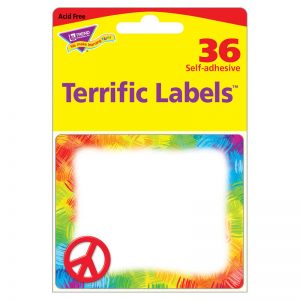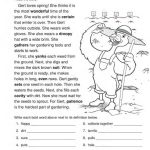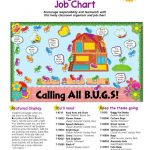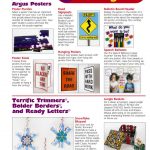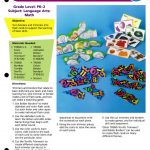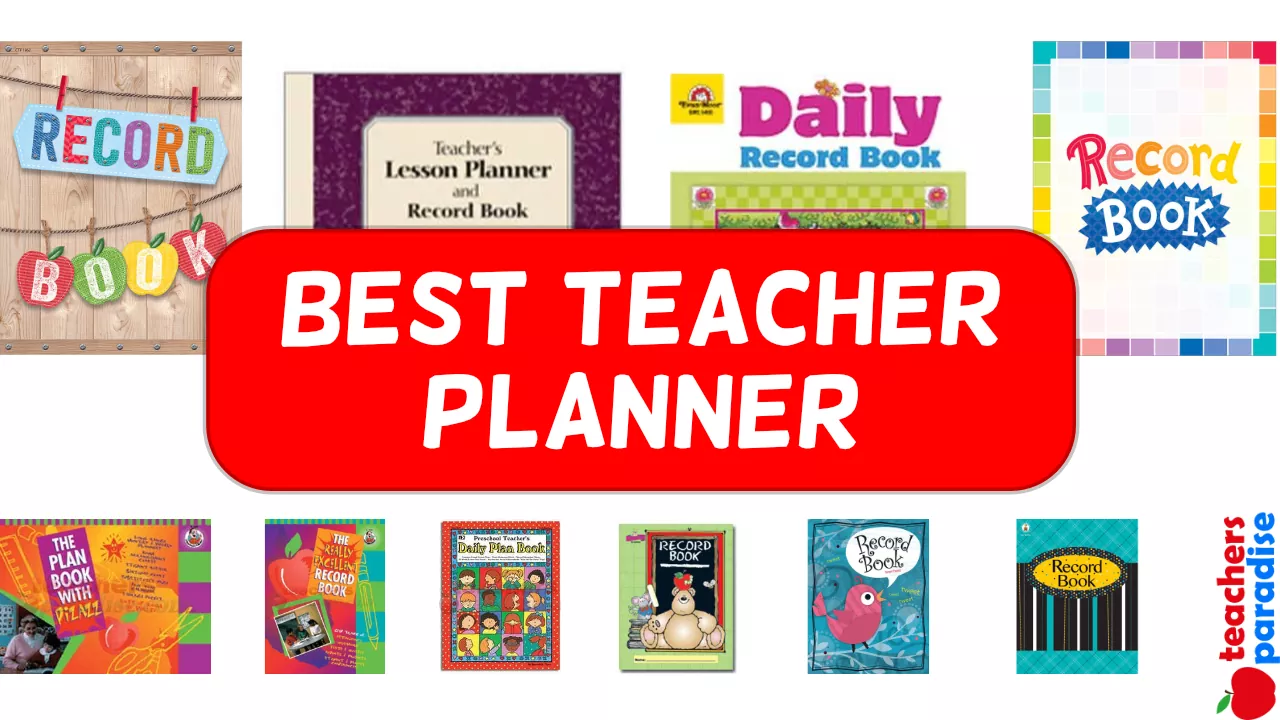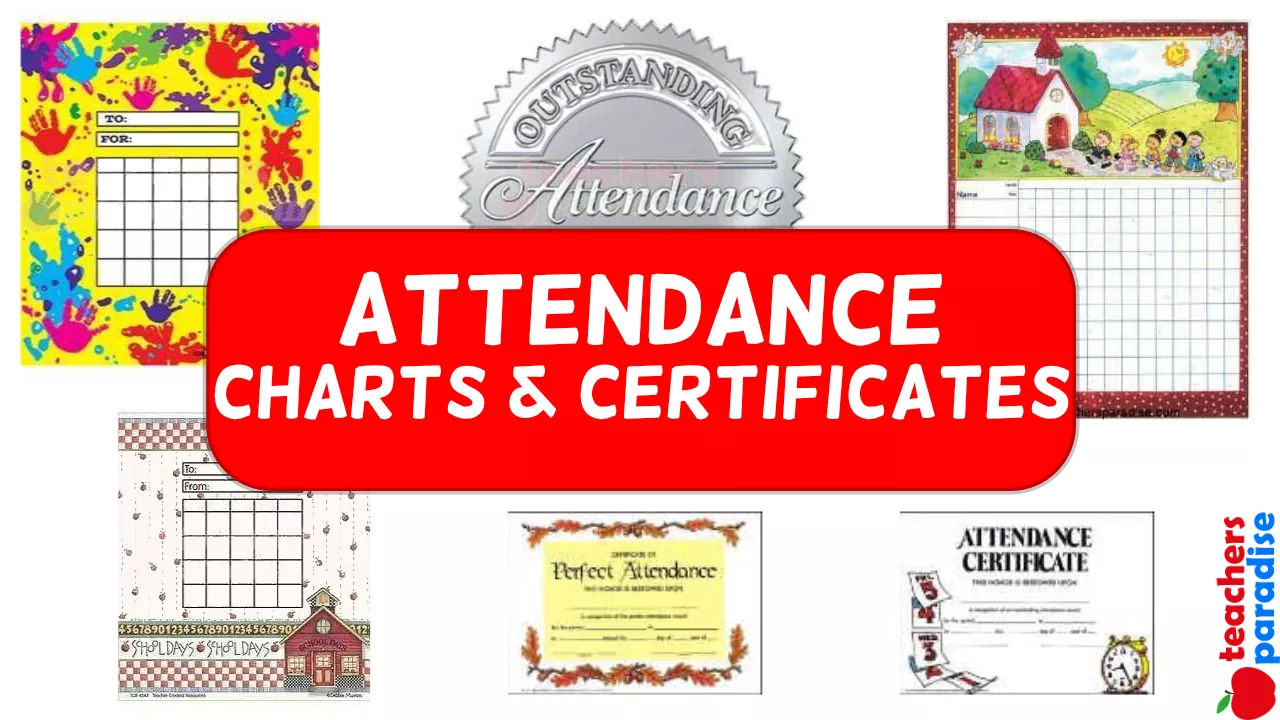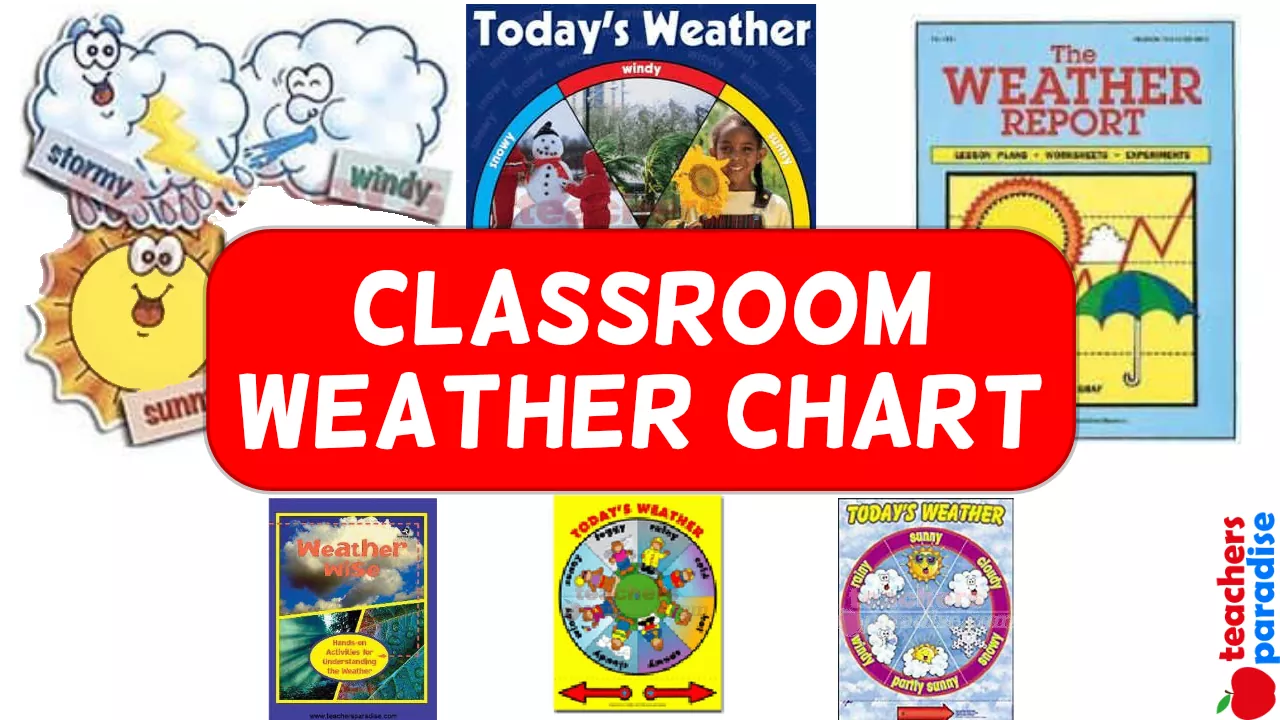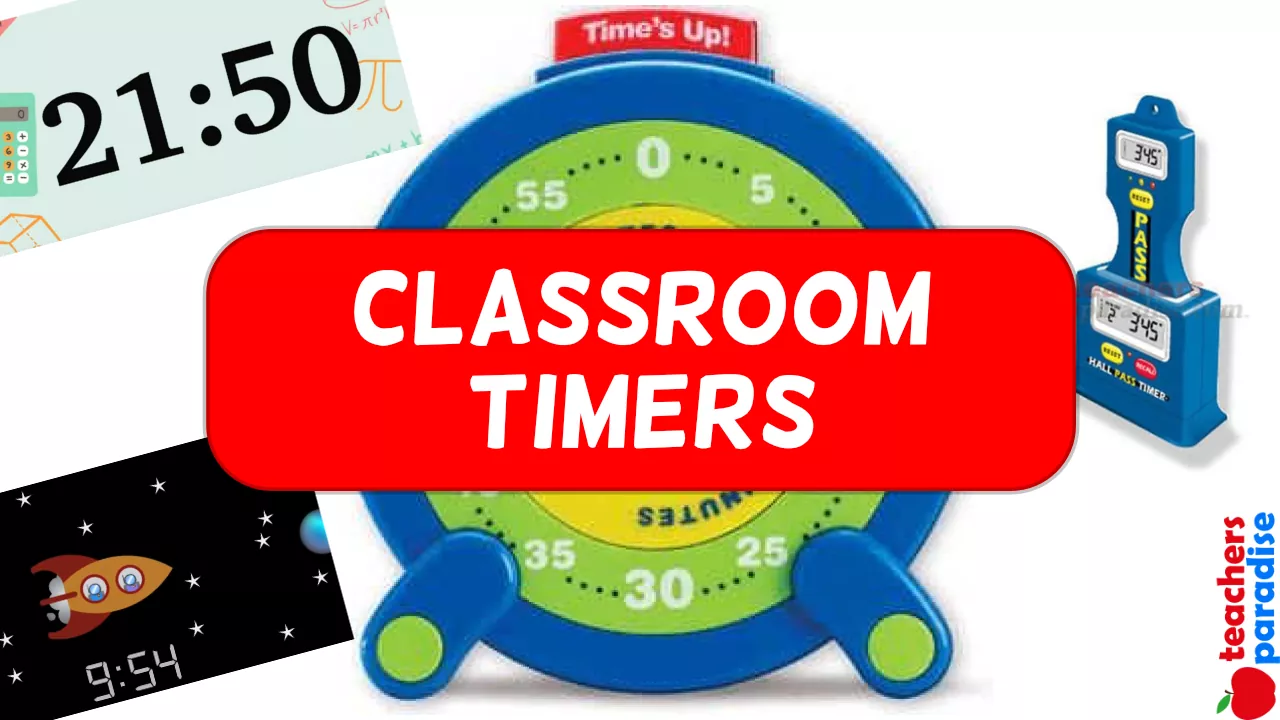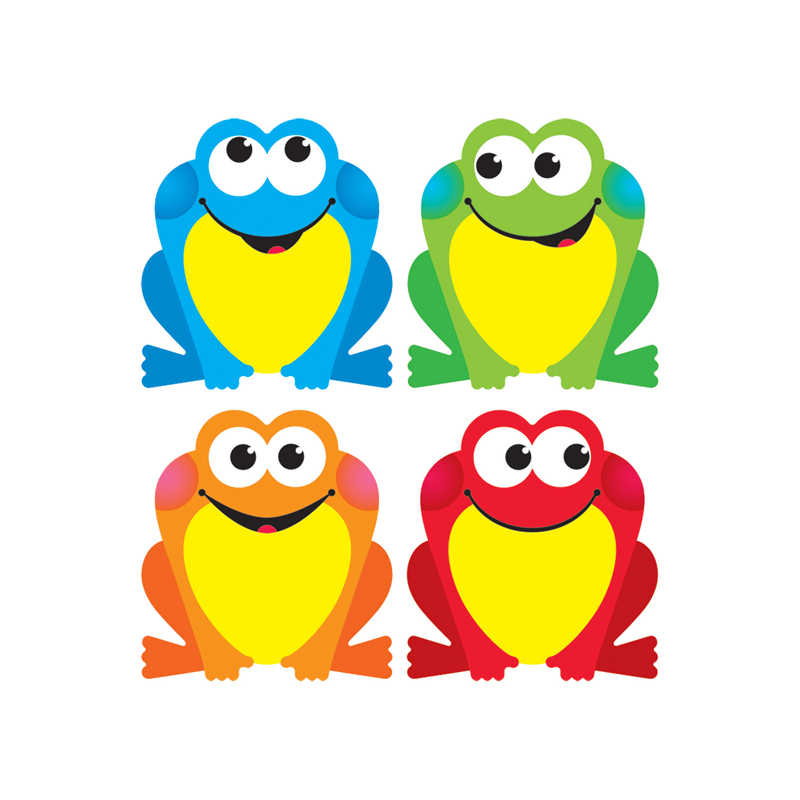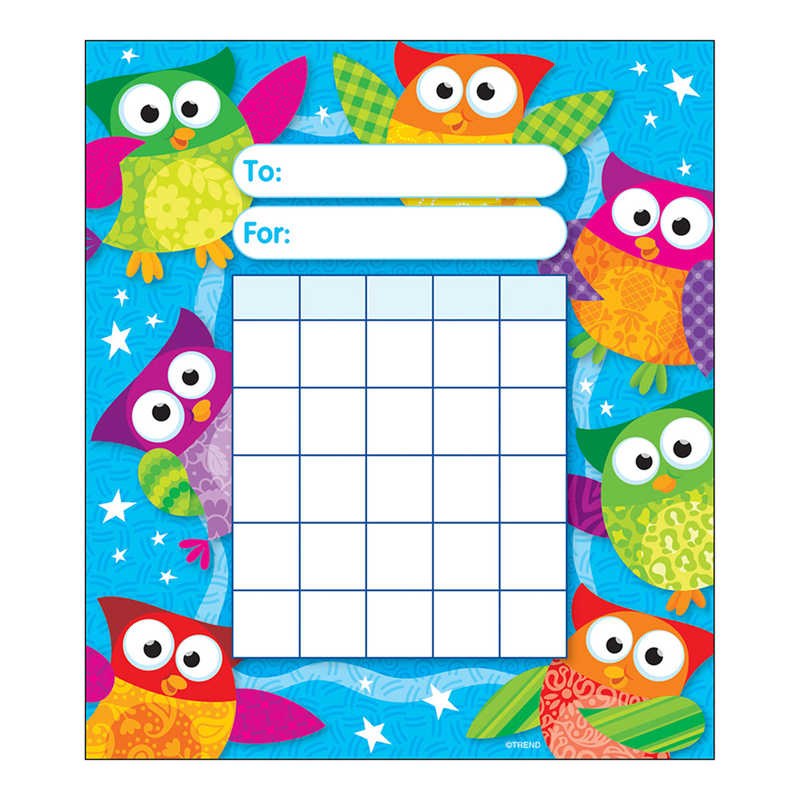Lucy the Ladybug Reproducible Activity
FST021 Speech Teacher Guide
One day, Lucy the Ladybug was lying on a leaf when suddenly she heard loud thunder and saw bolts of lightning.
It started to rain really hard.
Lucy the Ladybug was trying to hold onto the leaf, but she was just not strong enough.
After a long struggle, she lost her balance and fell off the leaf.
Lucy the Ladybug was really scared. She was falling fast and did not know where she was going to land. She was yelling, “Help, help!” It felt like she was falling for a long time, and then suddenly, she landed. Lucy the Ladybug was not feeling so well after that long fall. She decided it would probably be a good idea for her to relax for a little while before trying to move. She looked around, and all she could see was yellow. “What have I landed on?” thought Lucy. “Maybe I landed on a lemon, a yellow balloon, or a ball.”
More teacher resources
WORKSHEET & Sample PDF Activity
Sample PDF Activity
After a little while, Lucy the Ladybug felt better. She tried to get up, but for some reason, she could not move. “I am stuck!” yelled Lucy. She wiggled and wiggled but could not get loose.
It felt really sticky and smelled super sweet. Right then, she realized she was stuck on a sticky, yellow lollipop!
“How am I going to get off this lollipop?” she thought. She tried everything but could not release her legs from the yellow lollipop. Hours and hours went by and Lucy had no luck getting free.
Lucy the Ladybug had not eaten lunch yet and started to get hungry. The lollipop smelled sweet, so she decided to lick it. “Wow, that tasted really good!” said Lucy. Lucy the Ladybug continued to lick the lollipop until her belly was full.
Lucy noticed that the lollipop looked much smaller. “That’s it!” yelled Lucy. “I will lick the lollipop until there is nothing left.” Then she realized that would take forever with her small tongue.
She began to cry and said, “I will never get off this lollipop.”
Right then, she heard a loud voice roar, “Lucy, is that you?”
Lucy looked up and saw her friend Larry Lion. Lucy told Larry Lion what had happened.
Larry said, “Don’t worry, I will get all your ladybug friends, and we will get you off of this sticky, yellow lollipop.”
Larry Lion returned with several ladybug friends. Using great teamwork, they licked the big, yellow lollipop all day long.
After a long day and lots of licking, Lucy the Ladybug was finally free.
Lucy was so thankful to her friends for all their hard work. They told her that is what friends are for and they were happy to help. Lucy smiled and said, “I am one lucky ladybug to have such wonderful friends.”
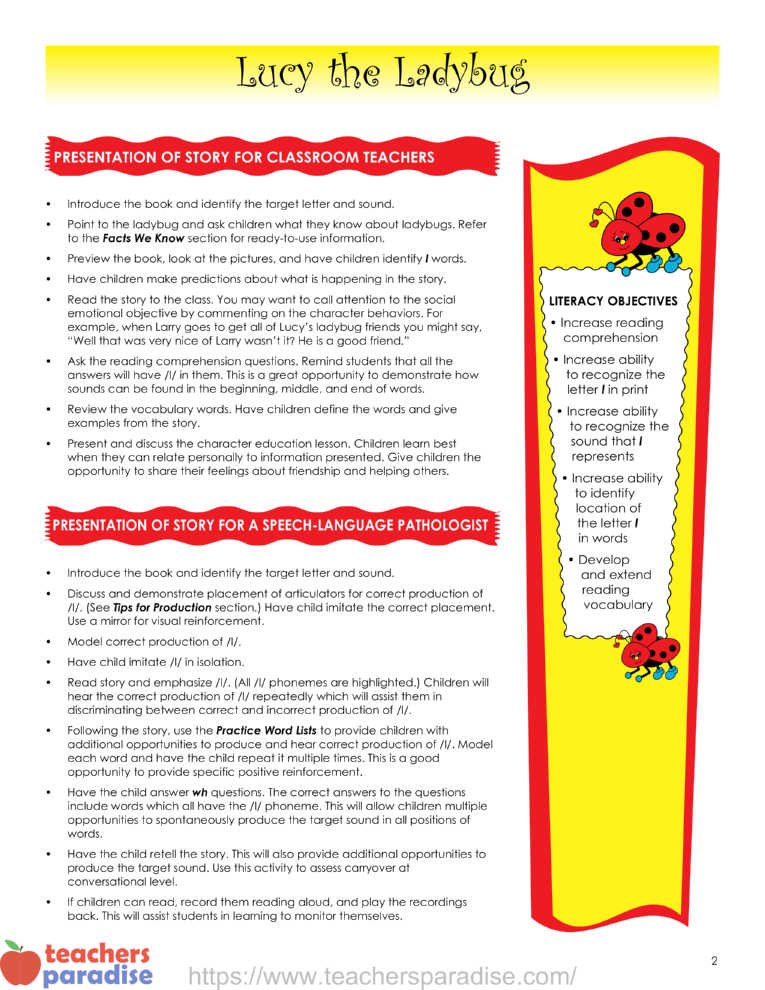
Lucy the Ladybug – LITERACY OBJECTIVES
LITERACY OBJECTIVES
• Increase reading comprehension
• Increase ability to recognize the letter l in print
• Increase ability to recognize the sound that l represents
• Increase ability to identify location of the letter l in words
• Develop and extend reading vocabulary
PRESENTATION OF STORY FOR CLASSROOM TEACHERS
• Introduce the book and identify the target letter and sound.
• Point to the ladybug and ask children what they know about ladybugs. Refer to the Facts We Know section for ready-to-use information.
• Preview the book, look at the pictures, and have children identify l words.
• Have children make predictions about what is happening in the story.
• Read the story to the class. You may want to call attention to the social emotional objective by commenting on the character behaviors. For example, when Larry goes to get all of Lucy’s ladybug friends you might say, “Well that was very nice of Larry wasn’t it? He is a good friend.”
• Ask the reading comprehension questions. Remind students that all the answers will have /l/ in them. This is a great opportunity to demonstrate how sounds can be found in the beginning, middle, and end of words.
• Review the vocabulary words. Have children define the words and give examples from the story.
• Present and discuss the character education lesson. Children learn best when they can relate personally to information presented. Give children the opportunity to share their feelings about friendship and helping others.
PRESENTATION OF STORY FOR A SPEECH-LANGUAGE PATHOLOGIST
• Introduce the book and identify the target letter and sound.
• Discuss and demonstrate placement of articulators for correct production of /l/. (See Tips for Production section.) Have child imitate the correct placement. Use a mirror for visual reinforcement.
• Model correct production of /l/.
• Have child imitate /l/ in isolation.
• Read story and emphasize /l/. (All /l/ phonemes are highlighted.) Children will hear the correct production of /l/ repeatedly which will assist them in discriminating between correct and incorrect production of /l/.
• Following the story, use the Practice Word Lists to provide children with additional opportunities to produce and hear correct production of /l/. Model each word and have the child repeat it multiple times. This is a good opportunity to provide specific positive reinforcement.
• Have the child answer wh questions. The correct answers to the questions include words which all have the /l/ phoneme. This will allow children multiple opportunities to spontaneously produce the target sound in all positions of words.
• Have the child retell the story. This will also provide additional opportunities to produce the target sound. Use this activity to assess carryover at conversational level.
• If children can read, record them reading aloud, and play the recordings back. This will assist students in learning to monitor themselves.
Lucy the Ladybug – SPEECH AND LANGUAGE OBJECTIVES
SPEECH AND LANGUAGE OBJECTIVES
• Increase correct production of the phoneme /l/ in the initial, medial, and final position of words
• Increase ability to discriminate between correct and incorrect production of the phoneme /l/
• Increase expressive vocabulary skills
• Increase receptive vocabulary skills

SUGGESTIONS FOR TARGETING LANGUAGE GOALS
• Use the reading comprehension questions at the end of the story to target the goal of reading and listening comprehension, and answering wh questions.
• Ask the child questions throughout the story to target the use of yes and no responses in comprehension. (“Do you think Lucy’s friends will help her?” or “Is Lucy a ladybug?”)
• Use the suggested vocabulary words at the end of the story to increase expressive and receptive vocabulary skills. Provide examples of the words from the story. Ask children if they can provide examples of the words from personal experiences.
• Have children retell the story to target sequencing goals. (What happened first, next and last?)
• Use the character education lesson found at the end of the story for targeting social objectives. In addition, throughout the story, the speech language pathologist can comment on character behaviors.
• Use this storybook to target attending skills. Point to the pictures and comment on colors and details to keep children’s attention. Have children turn the pages which will make them feel helpful and increase participation.
FOLLOW-UP WHOLE CLASS ACTIVITIES
• Have children draw a picture of their favorite part of the story.
• Make an l collage. Cut out a capital letter and have students paste pictures of things that have the l sound.
• Trace and copy l words.
• Sequence activity sheets: The child is asked to number pictures in the order they occurred in the story.
• Match Lucy the Ladybug printed words to pictures from the story. Ask students to draw a line to match the word to the picture.
• Trace l words from our Practice Word Lists.
• Ask students to find the hidden pictures in the scene. (They are all l words.)
• Sing songs such as “Mary Had a Little Lamb.”
• Write letter l on board. Have students brainstorm words that have l in them as you write them on the board. Ask students to come up and circle the l in the words. Keep calling on students until every l is circled.
• Have students draw pictures of words with l objects.
• For older students, write out simple sentences from the story and cut them up into separate words. Have students put the words back together in the correct order.
Lucy the Ladybug – SPEECH AND LANGUAGE OBJECTIVES
SPEECH AND LANGUAGE OBJECTIVES
• Increase comprehension of wh questions (who, what, where when, and why)
• Answer wh questions relating to the story read aloud
• Increase sequencing skills (first, next and last)
• Increase pragmatic language skills (attend to an activity for 10-15 minutes, participate in conversation relating to the story, use language to identify and express feelings)
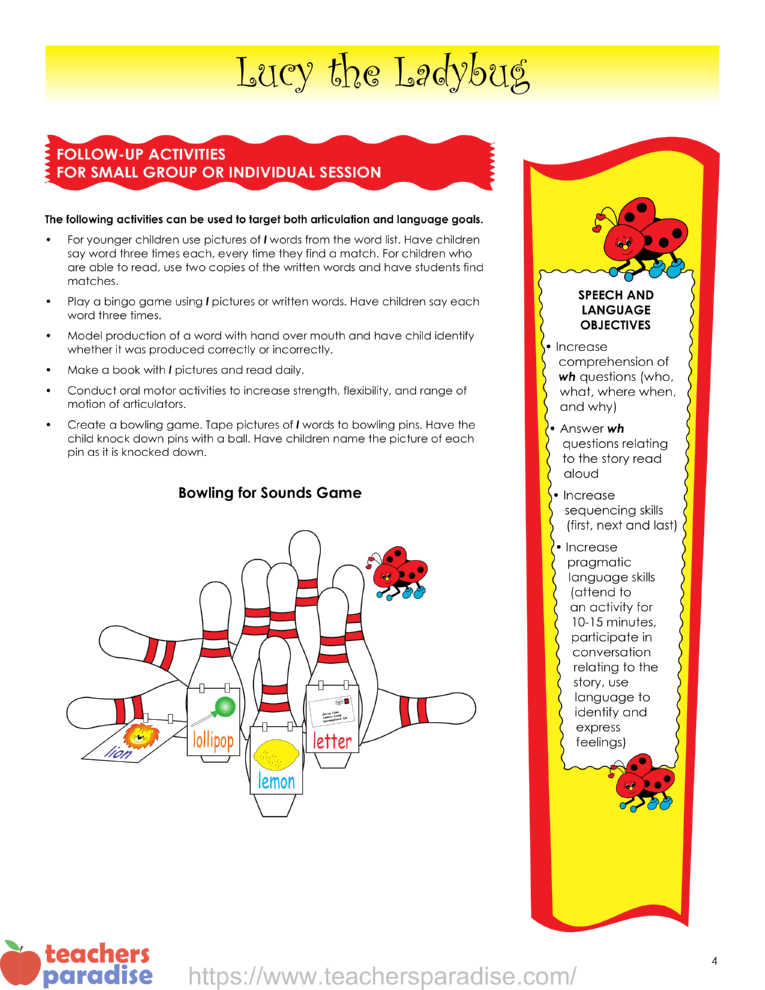
FOLLOW-UP ACTIVITIES FOR SMALL GROUP OR INDIVIDUAL SESSION
The following activities can be used to target both articulation and language goals.
• For younger children use pictures of l words from the word list. Have children say word three times each, every time they find a match. For children who are able to read, use two copies of the written words and have students find matches.
• Play a bingo game using l pictures or written words. Have children say each word three times.
• Model production of a word with hand over mouth and have child identify whether it was produced correctly or incorrectly.
• Make a book with l pictures and read daily.
• Conduct oral motor activities to increase strength, flexibility, and range of motion of articulators.
• Create a bowling game. Tape pictures of l words to bowling pins. Have the child knock down pins with a ball. Have children name the picture of each pin as it is knocked down.
Bowling for Sounds Game
Lucy the Ladybug – SOCIAL EMOTIONAL OBJECTIVES
SOCIAL EMOTIONAL OBJECTIVES
• Increase comprehension of the concept of friendship
• Increase understanding of the importance of helping others
• Increase willingness to request help when needed
• Increase ability to show appreciation to others after receiving help
• Improve understanding of the concept teamwork
FACTS WE KNOW
Not all ladybugs are really ladies. The male ladybug is smaller than a female.
All ladybugs are born black.
It only takes a baby ladybug one week to grow to an adult.
Ladybugs are a type of beetle which is an insect.
Ladybugs are commonly known to be red with black spots but they can also be orange with black spots or black with red spots.
The spots on a ladybug fade as it gets older.
The ladybug uses its antennae for touch, smell, and taste.
Ladybugs hibernate in the winter and live off their own fat.
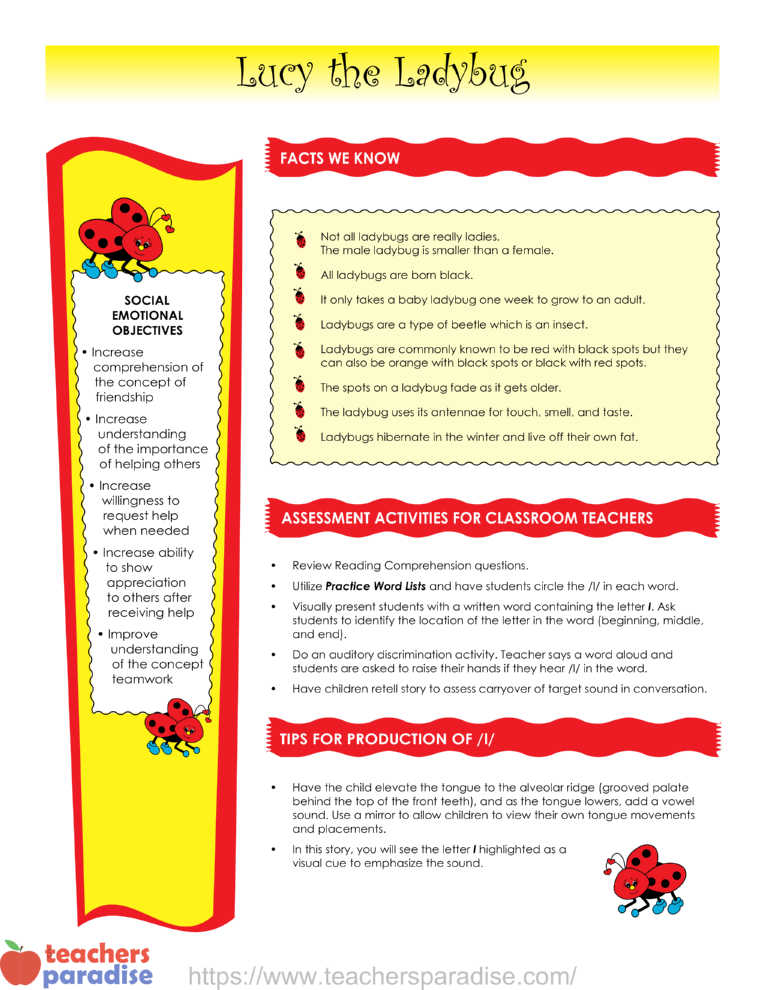
ASSESSMENT ACTIVITIES FOR CLASSROOM TEACHERS
• Review Reading Comprehension questions.
• Utilize Practice Word Lists and have students circle the /l/ in each word.
• Visually present students with a written word containing the letter l. Ask students to identify the location of the letter in the word (beginning, middle, and end).
• Do an auditory discrimination activity. Teacher says a word aloud and students are asked to raise their hands if they hear /l/ in the word.
• Have children retell story to assess carryover of target sound in conversation. TIPS FOR PRODUCTION OF /l/
• Have the child elevate the tongue to the alveolar ridge (grooved palate behind the top of the front teeth), and as the tongue lowers, add a vowel sound. Use a mirror to allow children to view their own tongue movements and placements.
• In this story, you will see the letter l highlighted as a visual cue to emphasize the sound.
Lucy the Ladybug – POSITIVE REINFORCEMENTS
POSITIVE REINFORCEMENTS
• “Nice job saying Lucy,” or “You did a good job lifting your tongue.”
• If children become tired or frustrated, you may tell them to relax while you say the word and they simply listen. This will allow them to hear the sound being produced correctly without pressure.
PRACTICE WORD LISTS
Initial Position
Lucy
ladybug
laying
leaf
loud
lollipop
long
lost
like
left
Medial Position
release
yellow
balloon
eleven
really
help
told
belly
taller
bolts
Final Position
all
will
fill
mall
until
full
feel
tell
ball
fall
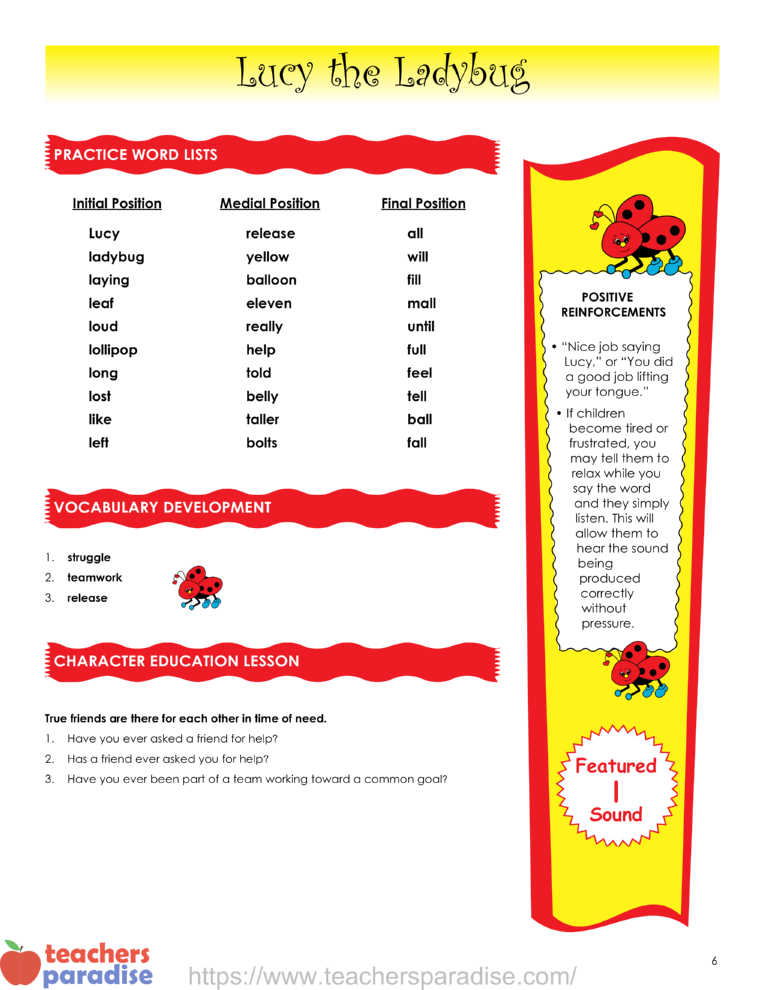
VOCABULARY DEVELOPMENT
- struggle
- teamwork
- release
CHARACTER EDUCATION LESSON
True friends are there for each other in time of need.
- Have you ever asked a friend for help?
- Has a friend ever asked you for help?
- Have you ever been part of a team working toward a common goal?


